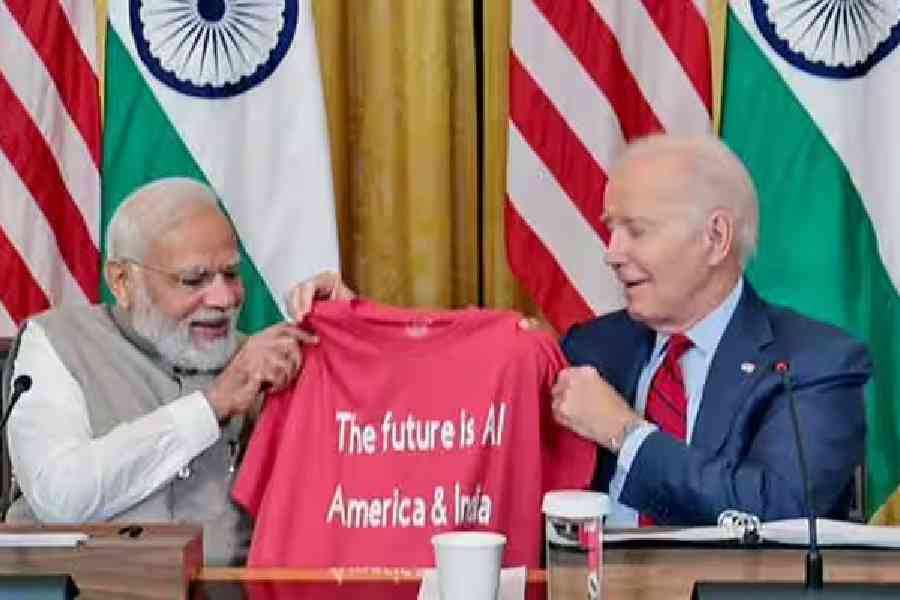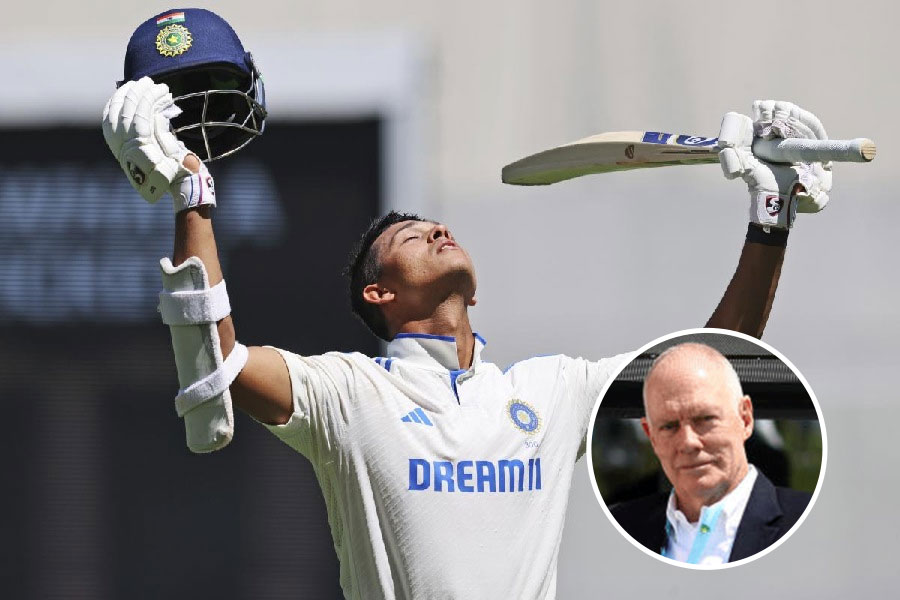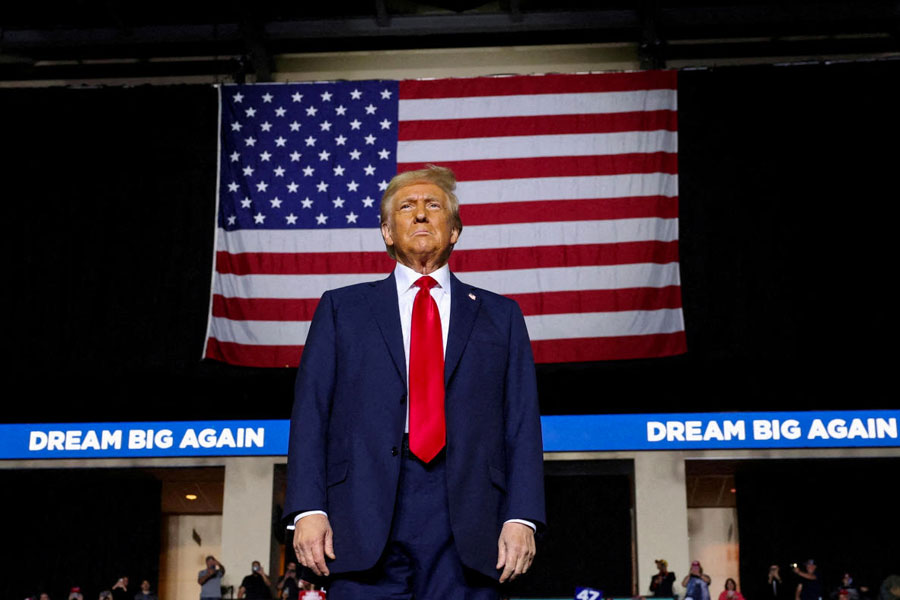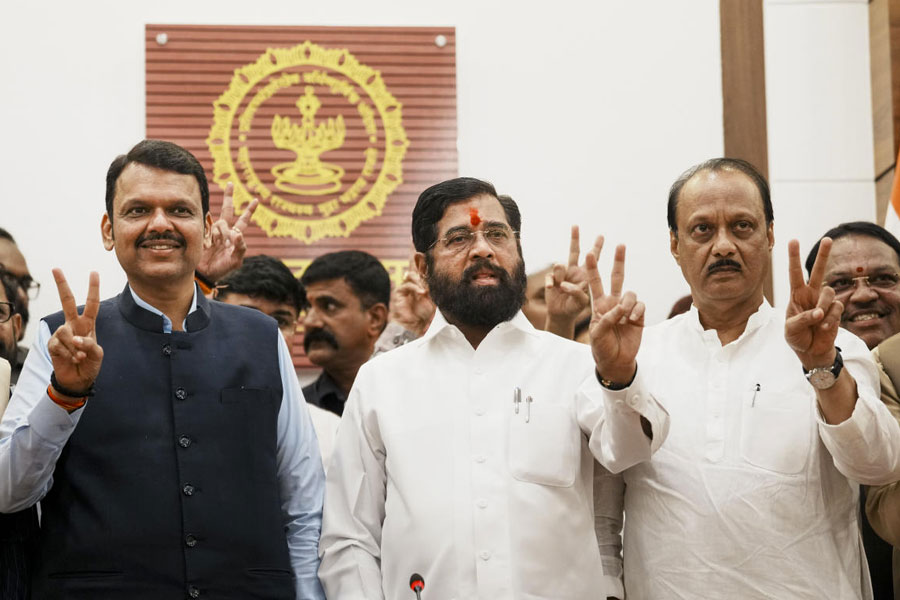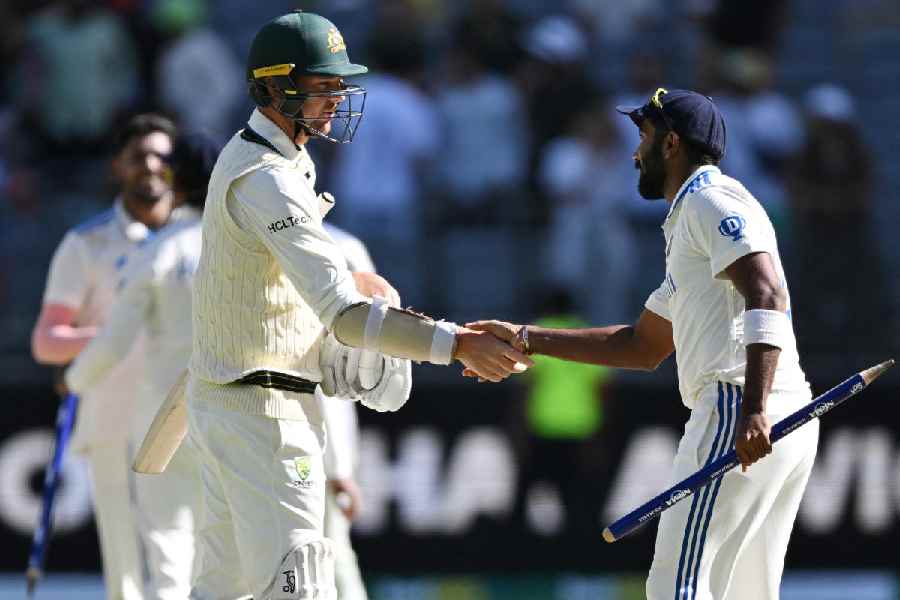In one of Sherlock Holmes’ cases, the celebrated detective solves a crime because of the absence of something — a dog that didn’t bark when the murder was committed, leading Holmes to conclude that the murderer was not a stranger. Silences tell tales if you listen in closely. The same was the case with the official State visit by Prime Minister Narendra Modi — not a State visit as per US protocol which is only given to heads of State and not heads of government like Modi — to the United States of America as a guest of President Joe Biden. Over three days, the two leaders didn’t mention China even once although it was the Middle Kingdom that provided the glue to bring them together.
As the former US president, Barack Obama, chose to pivot to the Asia-Pacific, it was evident that Washington DC had decided to turn its attention and its energies towards China. Donald Trump took it forward as president in a crude and loudmouthed manner; even the more thoughtful Biden administration has doubled down on its predecessor’s policy. In contrast, as prime minister, Modi seemed convinced about his ability to foster a flourishing relationship with China. Part of this belief came from his numerous visits to China as chief minister of Gujarat when he was barred from travelling to most Western countries because of his alleged role in the Gujarat riots of 2002.
In 2014, Modi hosted the Chinese president, Xi Jinping, at Ahmedabad when the Chinese troops were marching into Chumar in Ladakh. After the 72-day-long Doklam crisis, Modi sought an informal summit with Xi to resume healthy ties. The second informal summit happened in Chennai months before the Chinese army walked into multiple areas under Indian control in Ladakh in the summer of 2020. By then, Modi had met Xi 18 times, with his supporters boasting of great personal chemistry between the two leaders that was driving the Sino-India relationship forward.
It was only the Ladakh border crisis — and the Chinese refusal to offer a respectable way out — that jolted Modi into a reality check about his Beijing policy. So grave was the situation that the US had to send emergency supplies of high-altitude gear for Indian soldiers, provide intelligence about Chinese military movements to New Delhi, and lease two Predator drones to the navy. It also pushed Modi into diplomatically embracing the Quad, a non-security grouping with Australia, Japan and the US for the Indo-Pacific. Even though New Delhi avoids mentioning China and Quad in the same sentence, the grouping’s actual rationale is not hidden from anyone.
While Modi’s hand was forced by Beijing, Washington was alive to the opportunity of courting India and creating a substantive Asian counterweight to China. An added attraction was the prospect of weaning India, the world’s largest arms importer, away from its dependency on Russia for military products. Besides weakening Moscow, Washington would commercially benefit by getting some of the defence contracts. That provides the basis for the Biden administration’s over-the-top courtship of Modi, particularly the recent official State visit. A mega deal by Air India to buy 220 passenger aircraft from Boeing in March this year — it would create one million jobs in the US — provided further grease to the US diplomatic wheel.
The Biden administration did lay it thick. There was a ceremonial welcome, a private dinner and a State dinner, a joint statement, a pantomime of a press conference (which Modi reluctantly agreed to, under great pressure), and many meetings. The US Congress invited Modi for an address to a joint session for the second time, leaving him behind only Winston Churchill and Benjamin Netanyahu as leaders who have addressed it thrice. The thickness of the red carpet in Washington DC was not surprising because world capitals know that razzmatazz-laden events are a prerequisite of Modi’s diplomacy. The Yoga Day calisthenics at the UN headquarters in New York, while Manipur continued to be in flames after seven weeks, was a testimony to his penchant for razzmatazz.
The pomp and show was backed by a lot of agreements. From semiconductor supply chains to critical mineral partnerships, from advanced telecommunication to new frontiers in space, from quantum, advanced computing and Artificial Intelligence to cutting-edge research, there was a lot that was announced by the two sides. The US intends to open new consulates in Bengaluru and Ahmedabad while India will be reopening its consulate in Seattle. The two delegations agreed to resolve six outstanding WTO disputes through mutually-agreed solutions.
Before the visit, there was a lot of focus on the defence sector. India agreed to buy Predator drones which will be assembled in India. General Electric has agreed to jointly produce the F414 jet engine in India with the public-sector Hindustan Aeronautics Limited but the crucial aspect of technology transfer was couched in a vague “enable greater transfer of US jet engine technology than ever before.” More countries can make a nuclear bomb than the four which make jet engines. It’s a proprietary technology guarded zealously; even Russia and France never gave it to India. While many Indians expect a 100% transfer of technology to India over time, it is unlikely that the US Congress and the state department bureaucracy would agree that easily. The two placed enough roadblocks on the transfer of technology for nuclear submarines to Australia under the AUKUS scheme. Unlike Australia, India is not even a treaty ally of the US.
In fact, 74 members of the US Congress wrote a letter before Modi’s visit asking the US president to raise issues of human rights violation, religious intolerance, press freedoms, internet access, and the targeting of civil society groups in India. All the major US dailies carried reports and opinion pieces that highlighted the authoritarian nature of Modi’s regime and the democratic backsliding under him. But the whiplash was the timing of Obama’s interview to CNN, where he spoke of the ill-treatment of Indian Muslims and other ethnic minorities under the Modi regime. Modi had worn a suit with his name embossed on it to have tea with Obama in Delhi in 2015 and told Akshay Kumar during an interview in 2019 that he was on backslapping terms with the former US president.
By the end of the visit, it was evident that the Biden administration sees its relationship with the Modi government as an alignment of interests — against China — and not of shared values or vision. If there was any doubt in Washington DC, a vicious attack on Obama by the Bharatiya Janata Party’s powerful chief minister of Assam, Himanta Biswa Sarma, by deploying an Islamophobic slur and threatening Muslims in his state laid them to rest. The difference in vision was clear when President Biden called out “Russia’s brutal war in Ukraine” while Modi, standing by his side, followed with a tepid “events in Ukraine”. India’s close engagement with the military junta in Myanmar, the Taliban in Afghanistan, and the Sheikh Hasina Wajed government in Bangladesh stands out in contrast to the US’s shunning of them. While New Delhi, à la Beijing, wants to upend the existing post-Second World War global order, Washington wants the status quo to become stronger. India and the US may be strategic partners, but that partnership is bonded by China.
During the visit, it is the US which has given most of the important and critical stuff to India. That raises an obvious question: what is it that the US wants from India in return? The discomfort of Indian commentators and policymakers in engaging with that question is because it means accepting that New Delhi will have to support Washington in case of a military contingency involving China. The nature and the quantum of support are moot today but India’s geographical location, professional military, diplomatic heft and an authoritarian leader make it an attractive option. It is something the US has a lot of previous experience of in South Asia — remember Pakistan under Zia-ul-Haq and the Soviet Union?
Modi may not be Zia and India may not be Pakistan. But in this new Cold War against China, India is both the actor and the arena. While some institutions of the Indian State will garner the benefits of being an actor, the burden of being the arena will be borne by 1.4 billion Indians. If you harbour any illusions, look no further than the state of Pakistan and the price paid by poor Pakistanis. India and Indians cannot afford to meet that fate.
Sushant Singh is Senior Fellow at Centre for Policy Research, New Delhi

